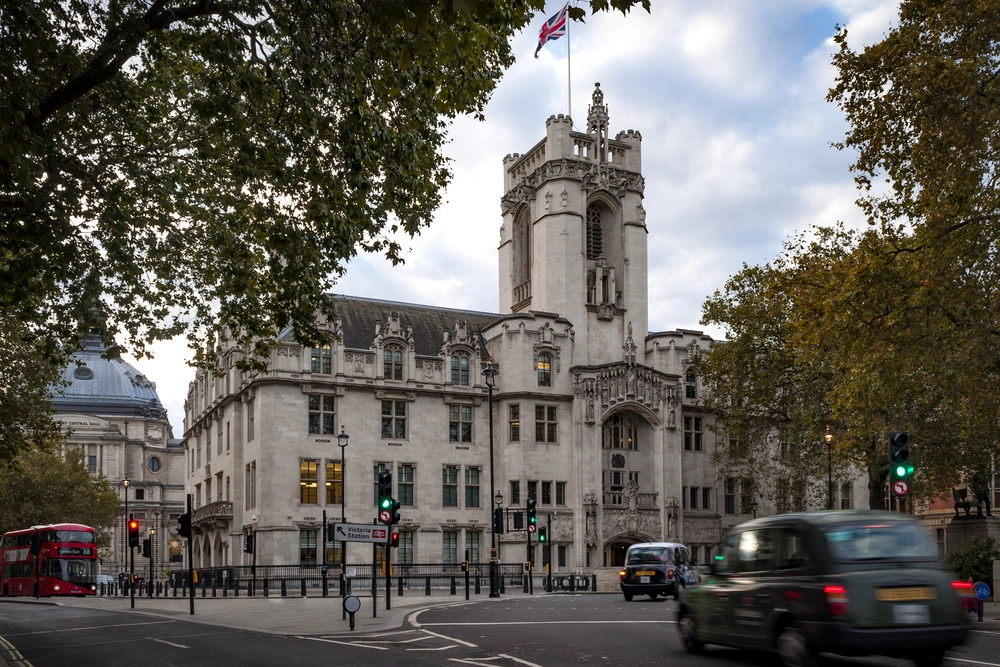
Inheritance tax changes for business owners: are you prepared?


With effect from April 2026, businesses may see changes to the potential inheritance tax exposure of their shareholders. This is likely to require consideration and, in some cases, careful planning to ensure that available reliefs are best utilised across generations, provision is made for potential charges, and company articles and share agreements are appropriately drafted.
Proposed changes to inheritance tax
Individuals
In her Budget, Rachel Reeves announced changes to the inheritance tax (IHT) regime. This was in the form of changes to two key reliefs Agricultural Property Relief (APR) and Business Property Relief (BPR), and a significant change to the IHT treatment of pensions (effective April 2027), bringing most pensions within the charge to inheritance tax. This article focuses on the former, but the latter will also be important in assessing the future IHT exposure of shareholders.
From 6 April 2026 onwards, the 100% rate of relief will continue only for the first £1 million of combined agricultural and business property/shares held by an individual, and it will be a 50% rate thereafter. In effect, the value of such assets above £1m may be subject to IHT at 20%. The tax arising in this context will normally be able to be paid in interest free annual instalments over 10 years.
It is expected that any unused allowance will not be transferable between spouses and civil partners on death, which may have significant implications in some circumstances.
The table below illustrates the position for an individual shareholder, where shares are inherited other than by the spouse (spousal transfers remain fully exempt) assuming no planning undertaken:
Pre April 2026 | Post April 2026 | |
Share value held by individual | £4m | £4m |
BPR relief at 100% | (£4m) | (£1m) |
Subject to inheritance tax (ignoring nil rate band) | £0 | £3m |
Inheritance tax due at 20%, normally payable over 10 years interest free | £0 | £600,000 |
Trusts
The Government proposes that trusts which hold qualifying shares or agricultural property which were created before 30 October 2024 will have a £1 million allowance for 100% relief in respect of their 10 yearly charges. Trusts created after that date may share a £1m allowance under current proposals. There will be a technical consultation in the spring on the application of the policy to shares held within trusts.
What should business owners be doing initially
Shareholders and directors should be:
- Understanding the current value of their business for IHT purposes, including minority discounts where appropriate.
- Checking that BPR currently applies if this is the assumption (more information on the conditions and how they apply to corporate groups in particular can be found in this article.
- Reviewing the capital structure to identify and quantify cases of potential IHT liability under new rules (individuals and trusts).
- Determining what provision may currently be in place to mitigate the tax, in the form of Will planning, insurance etc.
What options might be available to shareholders to mitigate the impacts
This will be business specific and may often involve a combination of approaches, to ensure the tax risk is mitigated to the degree possible, whilst not sacrificing appropriate governance structures and asset protection considerations. A number of the options detailed below have significant tax and commercial complexity and so should only be considered following formal advice.
- Gifting shares to younger generations either outright, or on a nominee arrangement whereby the transferor remains the legal owner and voting right holder (the beneficial owner would have the right to demand the legal ownership be transferred at any point)
- Settling shares into discretionary trust, where family members wish to pass value out of their estates, whilst retaining control and flexibility. Depending on the values involved, this route may be more advantageous from a tax perspective when entered into prior to 5 April 2026.
- Issuing a new class of growth shares to younger generations that have rights to future growth in value of business above a certain hurdle.
- Taking out life insurance policies in respect of any shares gifted* or shares retained
- Holding shares appropriately between spouses to utilise available allowances and updating Wills to ensure that relief is not potentially 'wasted' on the death of either spouse.
- Trustees of trusts holding shares will need to consider whether the additional IHT charges that may arise every 10 years are affordable given cash constraints, or whether assets should be transferred out of the trust.
In addition, where these steps do not in themselves adequately deal with any potential liability, there may be opportunities for the value applying to shareholdings to be depressed. This can be a particularly complex area.
*Where shares are gifted or passed into trust, provision may need to be made for IHT that could arise under the new rules if the gift fails as a result of the individual's death within 7 years of making the gift.
What practical considerations might there be for the business
It will be important to ensure that any relevant share transfers are permitted under the company's articles of association and any shareholders' agreement, and these may need to be updated, or adhered to, as appropriate.
Where shareholdings are spread between family members there should be necessary pre-emption rights in place, or pre and post nuptial agreements entered into as appropriate.
How can Foot Anstey help
Our private wealth team, encompassing tax planning and succession advice, can offer bespoke solutions to business owners on how to mitigate and manage tax risk appropriately, whilst ensuring sight is not lost of the wider context.
We have an excellent corporate team who can advise management on how to navigate the corporate governance aspects and are on hand to implement any planning solutions.




























